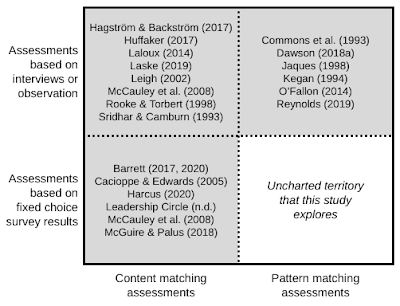The Effectiveness of Microexperiences for Leadership Development
This is a draft chapter in a new book that summarizes the effectiveness data behind different leader development strategies. It is scheduled for publication in early 2025, titled Moving the Needle: Evidence-based Strategies for Developing Leader Capacity edited by Scott J. Allen and David M. Rosch, Abstract: Microexperiences are a special application of experiential learning that leverages the workplace and real work to develop leaders on the job with bite-sized activities. In this chapter, several examples of microexperiences are provided along with prescriptive design guidelines, common mistakes, and lessons learned for building microexperience programs with maximum impact. Evidence from an actual case study in a large organization demonstrates their potential and shows how they can quickly scale to develop all leaders, not just executives or high potentials. Read the chapter or review the training & certification program



